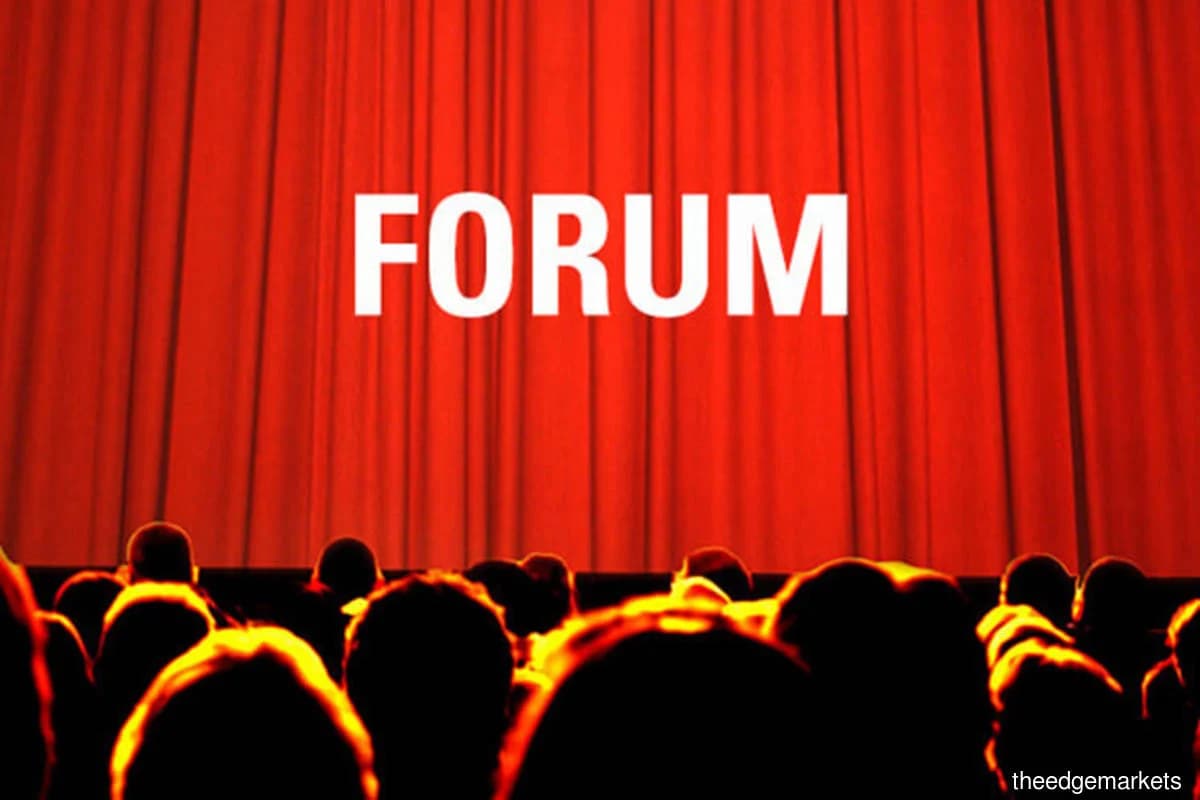
This article first appeared in Forum, The Edge Malaysia Weekly on June 27, 2022 - July 3, 2022
About 30 years ago, a very influential Malaysian scholar wrote the following incisive and insightful paragraphs:
“I contend that, like most social phenomena, identity formation takes place within what I would call a ‘two social reality’ context: first, the ‘authority-defined’ social reality, one which is authoritatively defined by people who are part of the dominant power structure; and, second, the ‘everyday-defined’ social reality, one which is experienced by the people in the course of their everyday lives. These two social realities exist side by side at any given time.
“Second, although intricately-linked and constantly influencing and shaping each other, they may or may not be identical. They are in fact rarely identical because the ‘everyday-defined’ social reality is experienced and the ‘authority-defined’ social reality is only observed and interpreted. Both, then, are mediated through the social class position of those who observe and interpret social reality and those who experience it.”
This is from an article published by Kyoto University titled, “The ‘Two Social Reality’ Approach and the Study of Identity: ‘Authority-defined’ versus ‘Everyday-defined’ Social Reality”, and was written by anthropologist Prof Ulung Shamsul Amri Baharuddin. This line resonated well with where my mind was going back then in my exploration into sociolinguistics and language philosophy.
To this day, I believe that this direct critical stance is necessary to any social analyst who wishes to be considered impartial — and scientific, in fact. It does not matter if we are dealing with “Make America Great Again” rhetoric, or identity politics involving ethnic hierarchies such as those found in Malaysia; one has to take an analytical step back, and deconstruct the key terms one uses, and in the way suggested by Shamsul.
The view from the top and from below
The population in Malaysia is clearly diverse. We sometimes call it multicultural, and sometimes we call it multi-ethnic. We use these two terms interchangeably, and given the ubiquitous context of nationalism, a major problem arises from this lack of critical thinking.
Nationalist discourses are almost by definition prescriptive, and the notions that come into play are by definition “authority-defined”. When we assume clear boundaries between one collective group and another, we forget the fluidity within each group and in the interactional spaces between them.
One could say it is a matter of choice or individual propensity to prefer certainty to fluidity, but that would be naïve since political forces are always at play; and thus the importance of distinguishing between the two social realities should not be ignored. One simply has to realise that the two discourses exist side by side, intertwined yet in opposition to each other — one defined by power, and the other by everyday life.
To concretise their co-existence, and especially for the Malaysian context, I suggest the use of the terms “interethnic spaces” and “intercultural spaces”. Ethnicity denotes something more concrete and unchanging than Culture; thus, interactions between ethnicities are relations happening between politically-defined (that is, authority-defined) groups, while interactions between cultures are nebulous, more spontaneous and largely situational.
Now, what do I achieve in thinking of intercultural spaces in contradistinction to interethnic spaces? To exemplify, let me say that phenomena inhabiting the first include the “fusion foods” you find in Malaysia, be this laksa or nyonya dishes, or “mamak” cuisine, or the Malaysian English we all speak so proudly in everyday life.
Examples of phenomena in the interethnic spaces would be our ethnicity-based political parties, or the term “bumiputera” itself, and all the policies based on the logic of ethnic separation.
A battle over notional spaces
Why I use the plural form — “spaces” — has to do with the fact that where interculturality is concerned, we are dealing with an emporium of noises, of fusions and confusions — often unplanned and also often avoiding attempts to define them; and where interethnicity is concerned, we are dealing with an arena of contestations — populated not only by interethnic disagreements but also interreligious tensions, and the like.
I realise that I am defining Culture as visible behaviour — as what we actually do. This is not necessarily how some choose to understand the term. I am suggesting that we think of culture as something that shifts, that changes, that excels at being unpredictable. Understood that way, culture is practically art; flexible, surprising, generated through interpersonal activity, and so on and so forth. Culture is a musical jam session, not an intellectual symposium, or a parliamentary sitting.
Music is a wonderful epitome of this way of understanding culture — and art. You never ever have to play the same tune, or sing the same lyrics the same way. You are allowed to vary as you wish. It is everyday-defined. The moment decides the essence.
Culture, if authority-defined, is about collective identity, about predictability. It becomes ethnicity. It is a directive to repeat oneself, and to think of oneself and one’s host of communities as definitive. While ethnic identity is defensive, conservative and aggressive, cultural identity is engaging, evolving and curious. The first seeks to regiment, the second is necessarily dynamic.
In that important sense, we see why politics seeks to create and preserve interethnic spaces, and in the process, limit intercultural spaces.
To enhance spontaneous everyday living, therefore, authority-based notions of identity have to be exposed, discussed and dismantled. Culture and ethnicity are ontologically not the same thing. In fact, they are sometimes opposites.
Datuk Dr Ooi Kee Beng is the executive director of Penang Institute. This article is based on a speech written for the symposium Echoes, Shadows and Footprints: Sustainability, Mobility and Nationalism in Malaysian Performing Arts and Culture, organised by the Penang House of Music from June 30 to July 2 at the Penang Institute.
Save by subscribing to us for your print and/or digital copy.
P/S: The Edge is also available on Apple's AppStore and Androids' Google Play.